How to Easily Make an AMV with Windows Movie Maker
Anime Music Videos (AMVs) are a cherished way for fans to combine the storytelling of anime with music to create something entirely unique. If you’re an anime enthusiast looking for a creative outlet, making an AMV could be perfect for you. The best part? You don’t need fancy software to begin. This guide will show you how to craft an amazing AMV using Windows Movie Maker, even if you’re new to video editing.
Understanding the Basics of AMVs
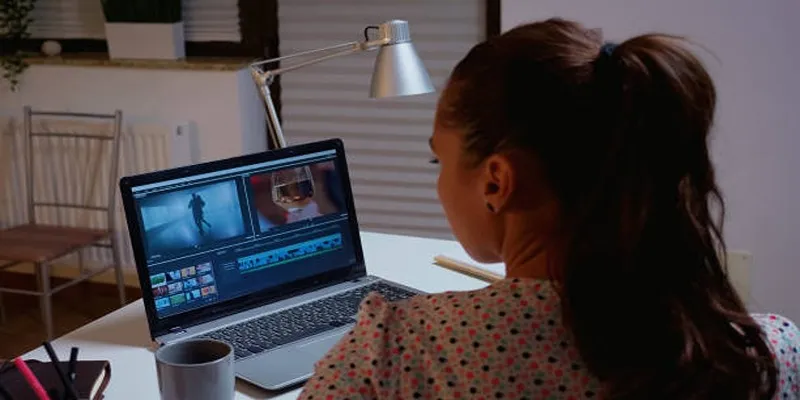
An Anime Music Video (AMV) is a fan-made video that takes clips from anime and syncs them with music to tell a story, highlight a theme, or simply provide entertainment. Some AMVs focus on intense fight sequences, while others create emotional resonance through carefully chosen scenes and songs.
Successful AMVs are not just a random collection of anime clips set to music. They tell a story, evoke emotion, and align visuals with the rhythm and lyrics of the song.
Getting Started
Here’s what you’ll need to gather for your AMV project.
1. Choose Your Concept
Think of a theme or idea for your AMV. Are you creating a tribute to a beloved character? Highlighting a romantic subplot? Or focusing on epic battle scenes? Knowing your concept will guide the anime clips you select and the tone of the music.
2. Select the Perfect Song
Picking music is crucial for your AMV. The song sets the mood and dictates the pacing of your video. For a high-stakes, action-packed AMV, try something fast-paced, like rock or electronic music. For emotional or romantic AMVs, ballads or instrumental tracks work beautifully.
3. Gather Your Source Material
You’ll need high-quality anime footage. To avoid pixelated visuals, aim for HD clips. You can rip anime DVDs you own (ensure this aligns with local copyright laws) or source directly from licensed streaming services.
4. Install Windows Movie Maker
If you don’t already have Windows Movie Maker installed, it’s time to set it up! While Microsoft officially discontinued the software, trusted sources online can still provide versions of this classic tool. Make sure you download it from a reliable website to avoid issues.
How to Create Your AMV with Windows Movie Maker
Now that you have everything ready, it’s time to craft your AMV step by step.
Step 1. Import Your Media
Open Windows Movie Maker and start a new project. Import your anime clips and audio file by clicking Add videos and photos and Add music on the toolbar. Make sure you organize your media files in a folder beforehand for ease of access.
Step 2. Trim and Split Clips
Once your footage is imported, you’ll need to trim and split the clips to match the beats and mood of your song. Select a clip in the timeline, and use the Trim Tool or Split Option to isolate the segments you want to use.
Pro Tip: Sync critical moments in your clips (like action punches or emotional turning points) to key beats in your song for maximum impact.
Step 3. Arrange Your Timeline
Drag and drop clips along the timeline to create a smooth narrative flow. Use the preview panel to check how each clip transitions into the next. A good AMV tells a story, so consider pacing to ensure viewers stay engaged from start to finish.
Step 4. Add Effects and Transitions
To make your AMV visually stunning, use transitions and effects—but do so sparingly. Windows Movie Maker offers various transitions like fade-ins and fade-outs, as well as effects like grayscale or slow-motion.
Choose effects that enhance the mood of your AMV. For example, a soft fade works well for romantic AMVs, whereas quick, sharp transitions complement action-heavy sequences.
Step 5. Synchronize Clips to Music
This is the most critical part of creating any AMV. Watch your timeline frame by frame and make sure each scene aligns with the rhythm or lyrics of your song. If a drumbeat drops, consider having a visual action like a character punch or a dramatic cut to emphasize the impact.
Windows Movie Maker allows you to zoom in on the timeline for precise edits. Use this to ensure your synchronization is impeccable.
Step 6. Add Text or Subtitles (Optional)
If you want to enhance your AMV further, you can add text or subtitles. For instance, you can include lyrics from the song or quotes from the anime. Use the Caption Tool to overlay text on your video, ensuring the font style and size match the tone of your content.
Step 7. Preview and Polish
Before finalizing your AMV, preview it multiple times. Look for any awkward cuts, unsynced clips, or jarring transitions. Smooth out the edges and fine-tune your arrangements until the AMV feels seamless.
Step 8. Save and Export
Once your AMV is ready, save your project using the Save Project feature so you can revisit it later if needed. Then export your video by clicking on Save movie and choosing an appropriate resolution. For AMVs, an HD resolution (720p or 1080p) works best.
Tips to Make Your AMV Stand Out
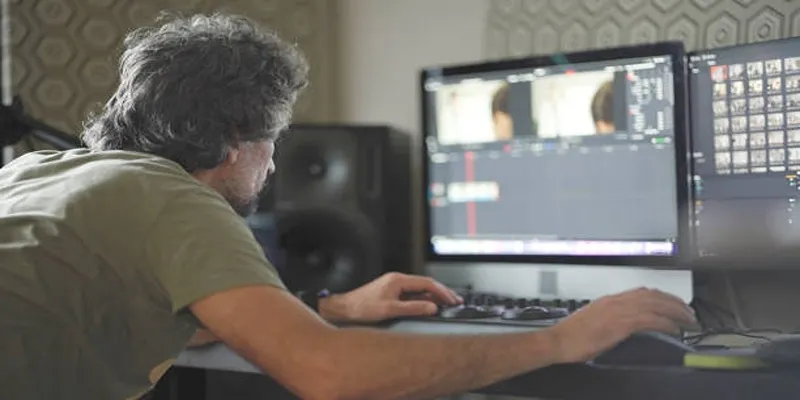
Creating a good AMV is one thing; creating a great AMV is an entirely different challenge. Here are some extra tips to elevate your project.
- Plan Ahead: Storyboarding can help organize your thoughts and clips before you even start editing. Jot down what scenes and moments you want to include for added clarity.
- Match the Energy of the Song: Not every anime scene will suit your chosen music. If your song is slow and melancholic, avoid using excessively energetic fight scenes, as this could create a jarring tone mismatch.
- Avoid Overusing Effects: While effects can enhance your AMV, too many can make it feel cluttered. The focus should stay on the anime and music, not flashy effects.
Conclusion
Making an AMV is as much about fun as it is about creativity and dedication. With Windows Movie Maker, you don’t need to be a professional video editor to create something extraordinary. Now, it’s your turn to get started! Collect your favorite anime clips, pick that perfect soundtrack, and start shaping your vision. Who knows? Your AMV might be the next viral hit among anime enthusiasts.
Related Articles

A Comprehensive Tutorial on Creating an AMV Using Your iPhone, iPad, or Android Device

Unleash Your Creativity: Top AMV Maker Apps for Anime Music Videos

Fix the Windows Movie Maker Black Screen Problem

The 8 Best To-Do List Apps for Android in 2025

8 Best To-Do List Apps for Mac in 2025
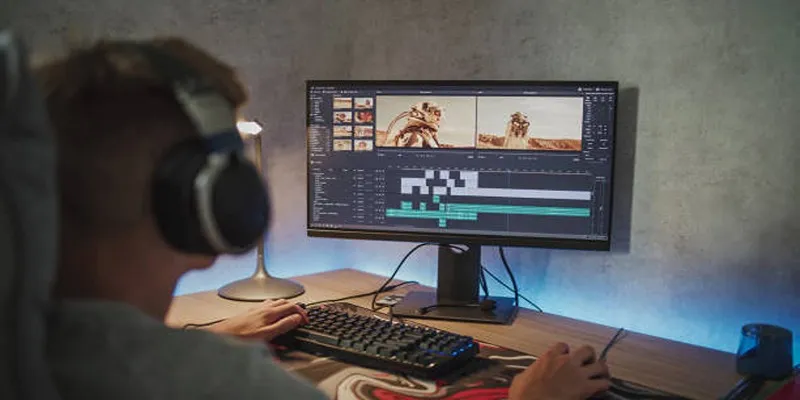
2 Quick and Easy Methods to Crop Your Screen Recordings

How to Easily Convert AVI to MOV Using 4 Reliable Tools

MPEG to MP3 Conversion Made Easy: A Complete Guide
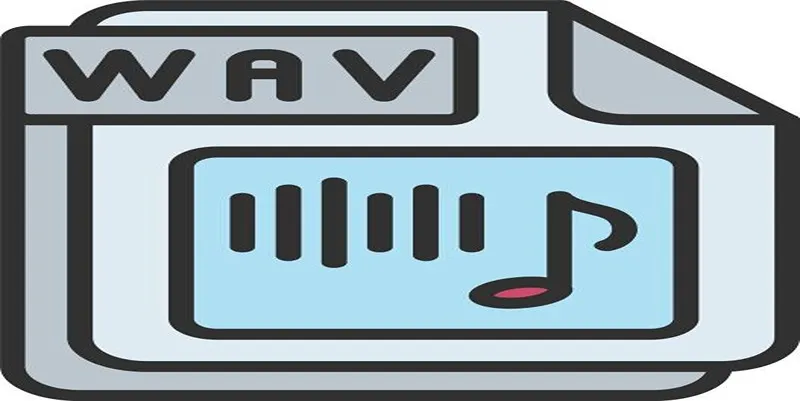
How to Convert MPEG to WAV: A Step-By-Step Guide

Top 5 AMV Editing Software for Smooth and Professional Videos

How to Easily Convert AVI to MOV Using 4 Reliable Tools

Step-by-Step Guide to Creating and Presenting Slideshows on iPad
Popular Articles

The Ultra HD 4K TV from Sony at CES 2014 That Stole the Spotlight

Discover the Top 5 Tools for Effortless AVI Video Conversion

1Password Adds Nearby Items Feature for Location-Based Passwords

Opera Unveils Browser Operator for Local, Private AI Web Automation

Best Adobe Acrobat Alternatives: 7 PDF Editors Worth Trying

A Step-by-Step Guide to Adding Google Authenticator 2FA to WordPress
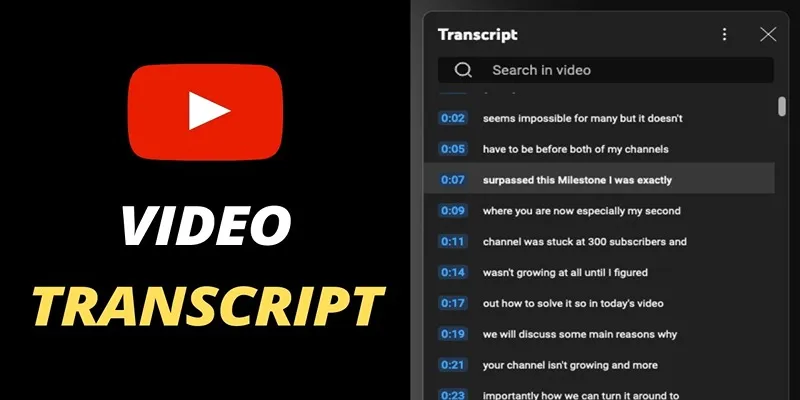
Get Rid of Timestamps and Create Readable YouTube Video Transcripts

Mastering Sound Editing and Delaying Music on TikTok

Enhance Your Workflow with the Best Agile Project Management Software of 2025

3 Essential Accessibility Tech Tools to Make Work More Manageable
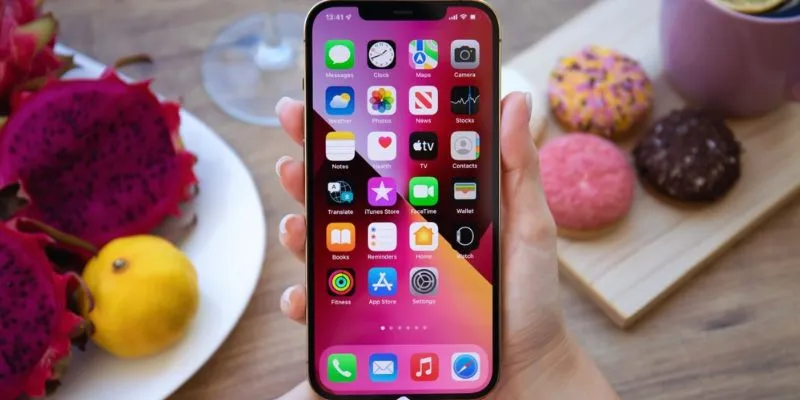
Simplify Your iPhone Experience: Safely Remove These Preinstalled Apps

 mww2
mww2